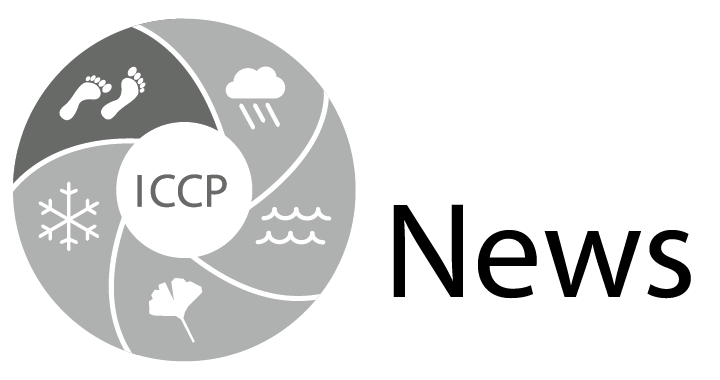
Progress of ERA5, and its use in studies of atmospheric trends and variability
ERA5 is ECMWF’s latest comprehensive reanalysis of meteorological and related observations made over multiple decades. It has been released in final form covering 1979 onwards, with an improved (ERA5.1) version […]